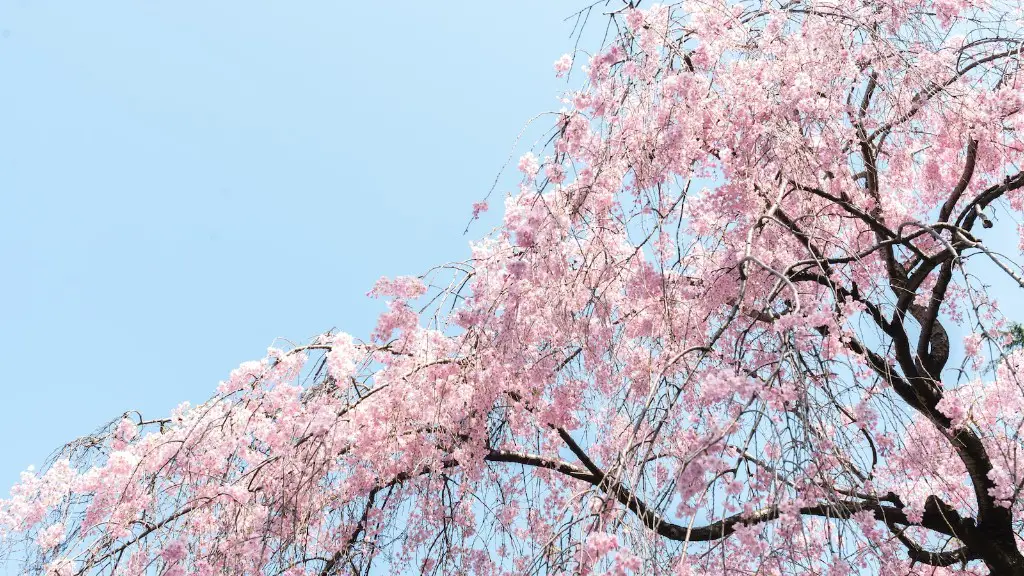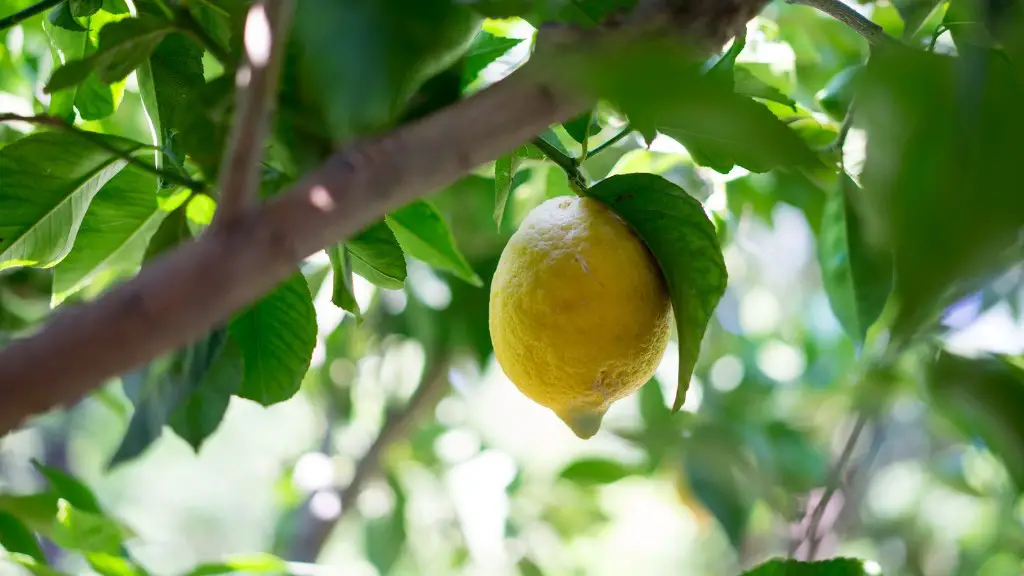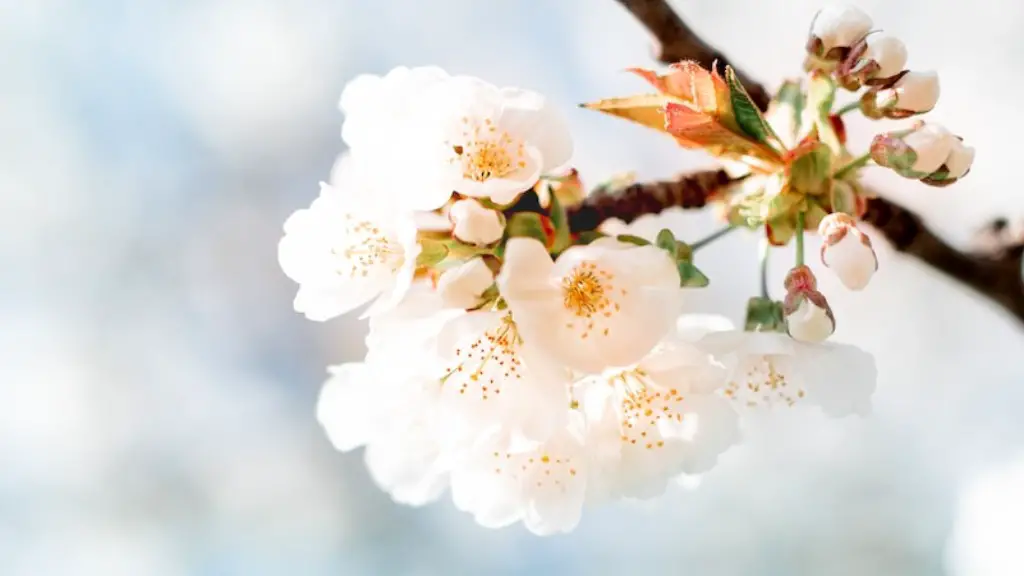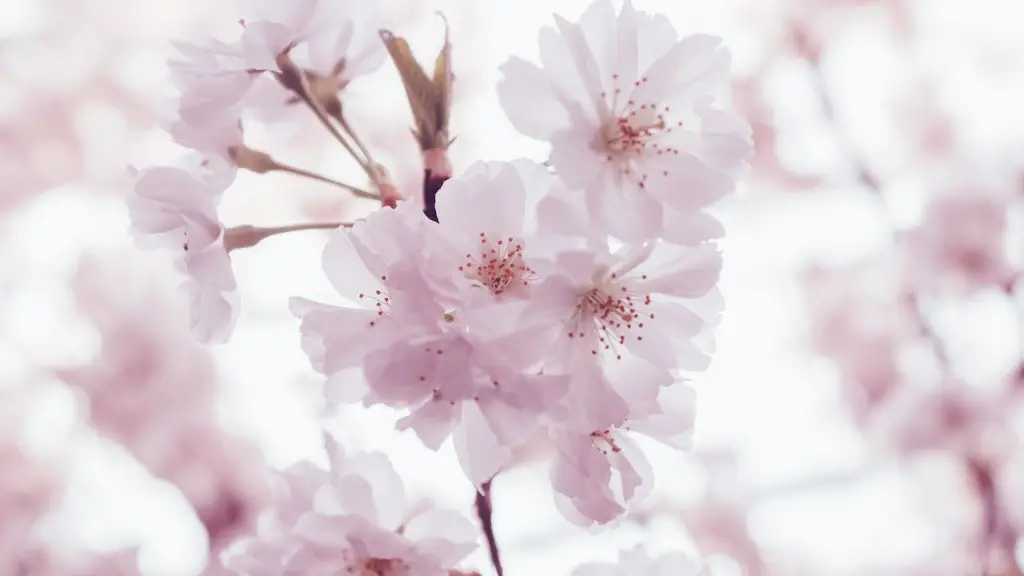When to Cut Back Cherry Trees
Cherry trees are beloved for their fragrant spring blooms, juicy summer fruit, and amazing colors of their fall foliage. But over the years, these trees can become overgrown and unruly–it’s time for pruning! Knowing when to cut back cherry trees is key to properly keeping them maintained and cared for.
Dead or dying branches should be removed as soon as possible. Dead portions of the tree absorb energy and resources that would be better used for other branches. Additionally, any diseased branches should be removed and disposed of as quickly as possible to prevent the spread of the disease.
To maintain an attractive shape and good branch structure, it’s important to understand the process and principles of pruning. As the National Arboretum explains, “Pruning is the process of selectively removing parts of plants to maintain desired form and other plant health objectives.” Pruning can help control the size of a tree while also providing better air circulation, which can reduce the risk of disease.
Pruning should typically be done in winter. Though different species of cherry trees may require different pruning practices, generally, early winter is best for pruning cherry trees. It’s a good idea to remove the dead wood and any suckers at the base of the tree. This can help open up the center of the tree and create better air circulation.
Though pruning should generally all be done in the same pruning session for each tree, some cherry tree species, such as sweet cherries, may benefit from thinning out. This means removing some of the smaller, crowded branches to improve air circulation. Doing this in one session can ensure a healthier, less stressed tree.
When pruning, it’s essential to use the right tools. Pruners, loppers, and pruning saws are essential tools for proper pruning. It’s always important to use sharp tools to prevent tearing and damage to the bark. Additionally, removing bigger branches should be done with a pruning saw to minimize damage.
Cherry trees should also be pruned regularly. Generally speaking, one pruning session should be done every three to five years, depending on the species and age of the tree. Most cherry trees don’t require pruning more than once a year, however, but giving the tree a good inspection at least once a year can help ensure its health and help identify any issues that need addressing.
Pruning for Fruiting
Cherry trees that are grown for fruit should be pruned annually. This type of pruning is technically referred to as “thinning” and should be done right before the blooming season. By thinning out the congested branches, more sunlight can reach the fruit-bearing branches, and it can also help to reduce the risk of disease. Additionally, thinning cuts can actually stimulate the roots to produce more fruit.
Fruit-bearing cherry trees should also be pruned for shape and structure. This helps support even fruiting and ensures that the tree looks attractive. Additionally, cherry trees that are grown for their fruit should be pruned with the intention of training the tree for less fruit. If the tree is allowed to produce too much fruit, it could be stressed and may be less productive in the long run.
When cutting back cherry trees, it’s important to remember that the ultimate goal is to keep the tree healthy and happy. Pruning can help improve the tree’s structure and appearance while also keeping it safe from disease. When done correctly, pruning cherry trees can help them grow and thrive for many years to come.
Watering and Feeding
Effective watering and feeding is important for keeping cherry trees healthy and in top shape. During months of low rainfall, trees should be watered within 24 to 48 hours (1 to 2 inches of water is ideal), and mulch can help moisture stay in the soil longer. During growing season, trees should be fertilized about three times–when the trees bloom, at the start of summer, and at the end of summer. Protein-based fertilizers are best for cherry trees, as they typically contain high amounts of nitrogen, phosphorus, and potassium.
When fertilizers are used, it’s important to be thoughtful about how much is used. Generally, the soil should be monitored to ensure the pH levels and nutrient levels are appropriate. Additionally, soil moisture should be monitored. Too much fertilizer can burn the roots and create issues with the soil. Conversely, too little fertilizer can lead to fewer flowers, fewer fruits, and a decrease in leaves.
It’s also important to keep an eye on the tree’s condition. Signs of over-fertilizing can include yellow leaves, burning of the leaf tips, and discolored fruits. If these symptoms appear, the amount of fertilizer should be reduced, and extra watering should be done.
Cherry trees should also be inspected regularly to check for pest problems. If pests are identified, the recommended treatment approach should be taken right away.
Winter Care
Cherry trees need special attention during the winter months. Dormant spray should be applied any time between early to mid-fall and early to mid-spring. The product should be applied to all parts of the tree–the trunk, the branches, and the root base. This special type of spray helps prevent diseases and pests from attacking the tree in the winter.
During the winter months, if tree branches become damaged, broken, or cracked, it’s important to remove these items as soon as possible. Removing weak branches helps the tree reallocate resources to healthier and stronger branches in the spring. Additionally, if the soil around the tree is overly dry, it should be watered.
Further, trees should be protected from cold winds and strong storms. This can be done by inserting a wooden stake into the ground and then wrapping burlap around the tree. This helps keep the tree warm, and it can also help shield it from the sun and elements.
Disease Prevention
Common diseases that can plague cherry trees include diseases such as brown rot and bacterial canker. To help prevent these issues, it’s important to make sure the tree is properly planted, watered, and fertilized. All dead or diseased branches should be removed immediately, and pest infestations should also be addressed as soon as possible.
Further, effective mulching can also help reduce the risk of disease. Mulch helps keep the branches and roots of the tree safe from extreme temperatures. It also helps keep the moisture in the soil, which can help reduce the spread of disease.
Finally, the trees should be inspected regularly for signs of disease, such as black spots on the leaves, wilting leaves, dead branches, or discolored fruits. If these symptoms are spotted, the tree should be treated immediately.





